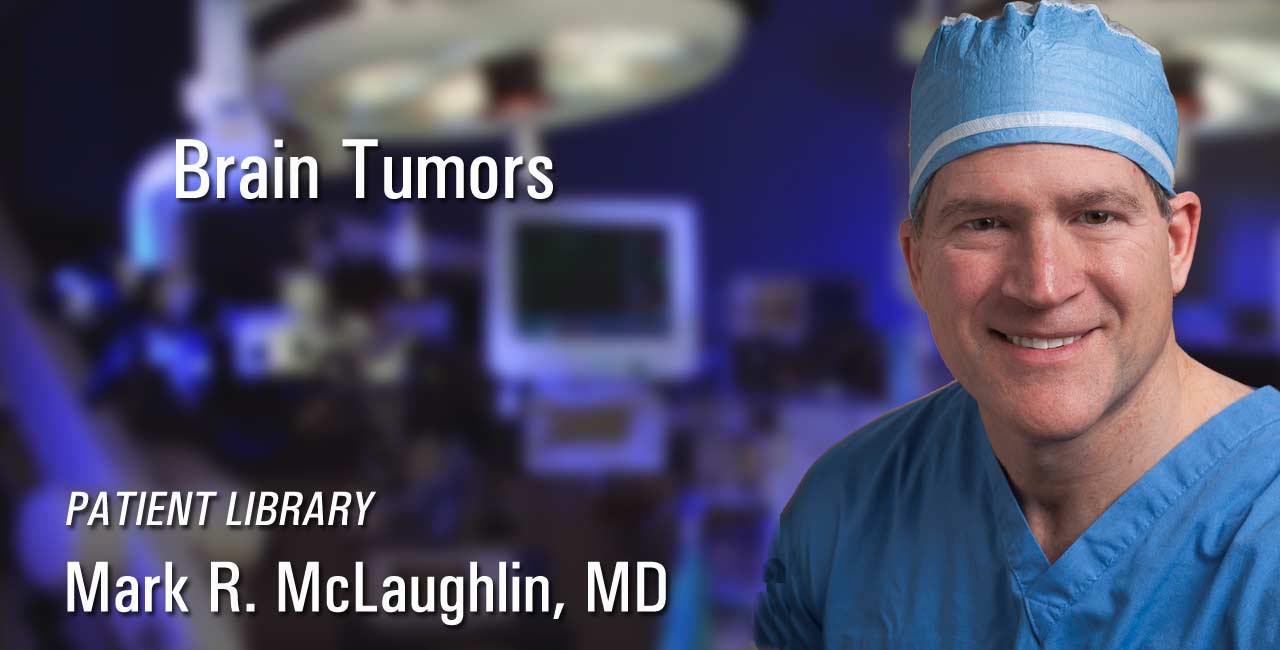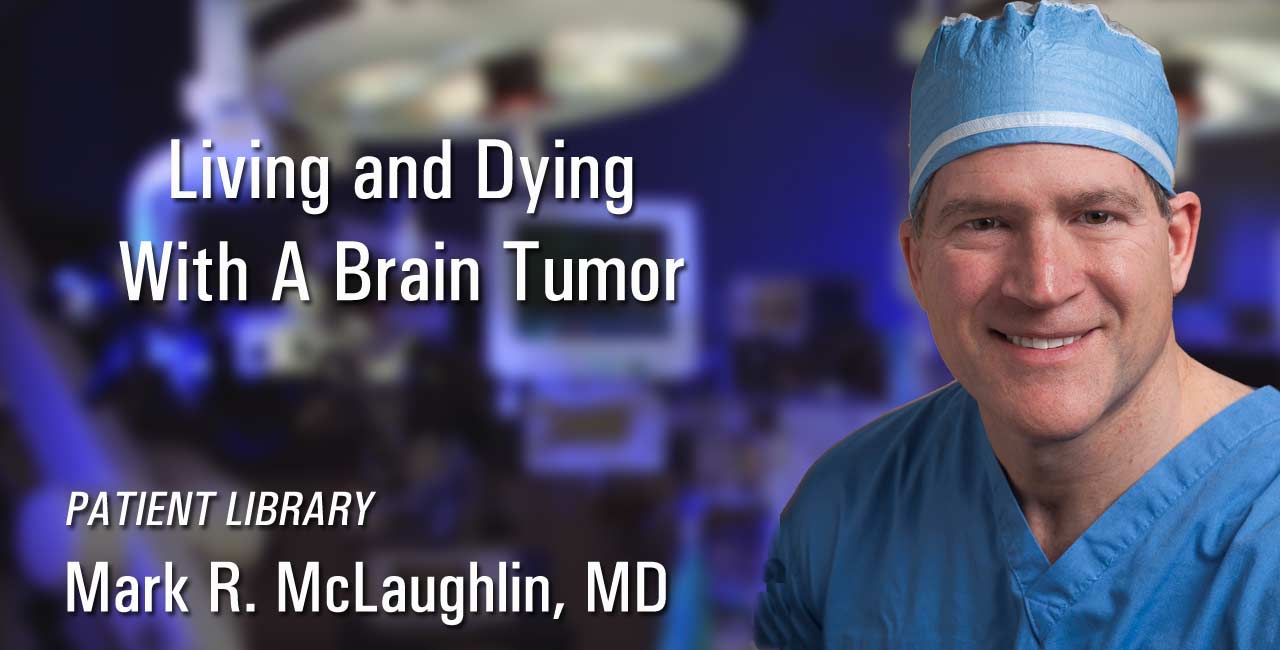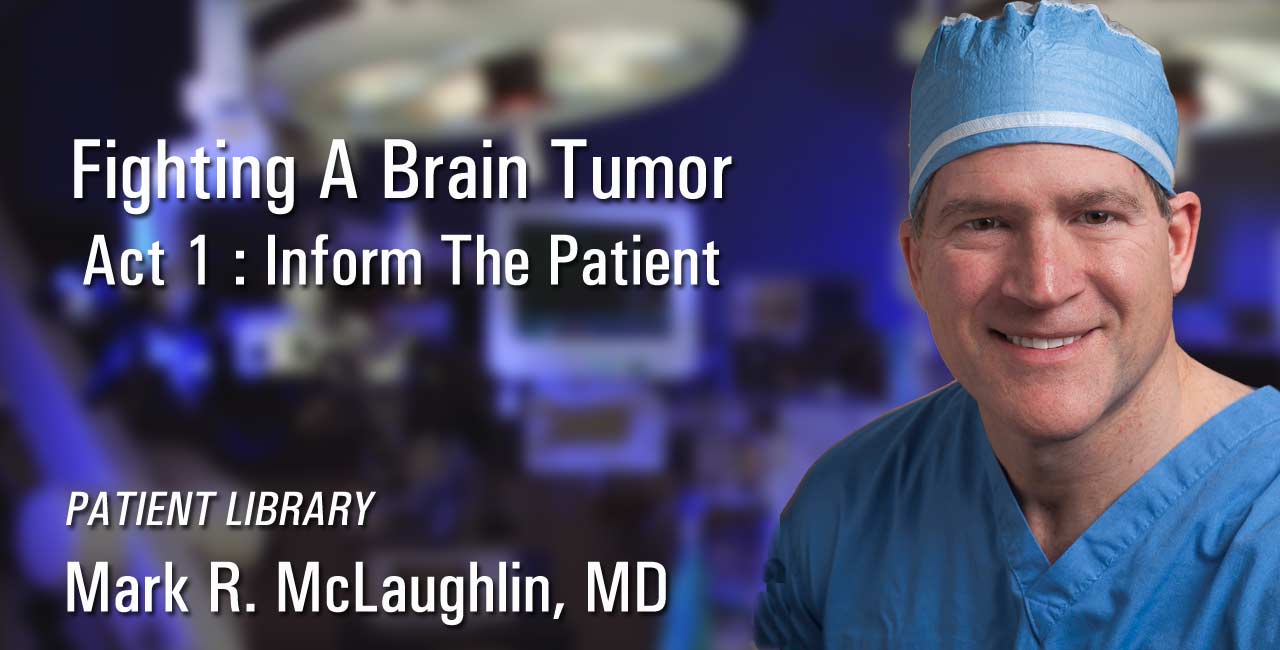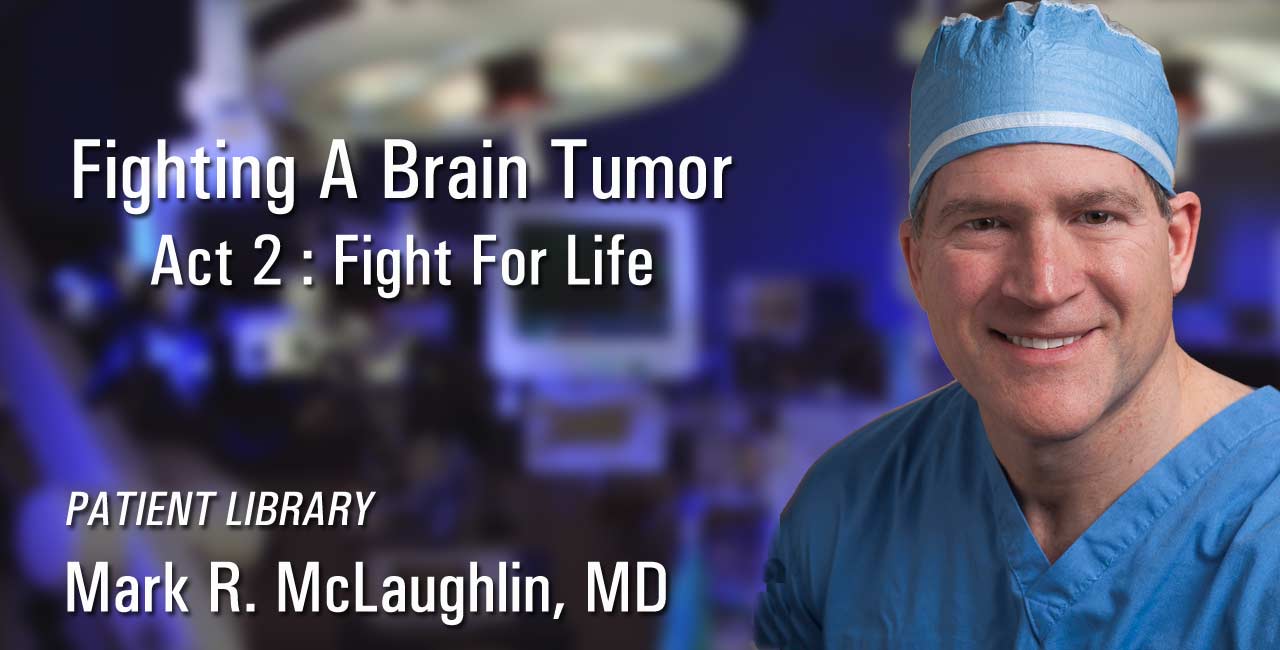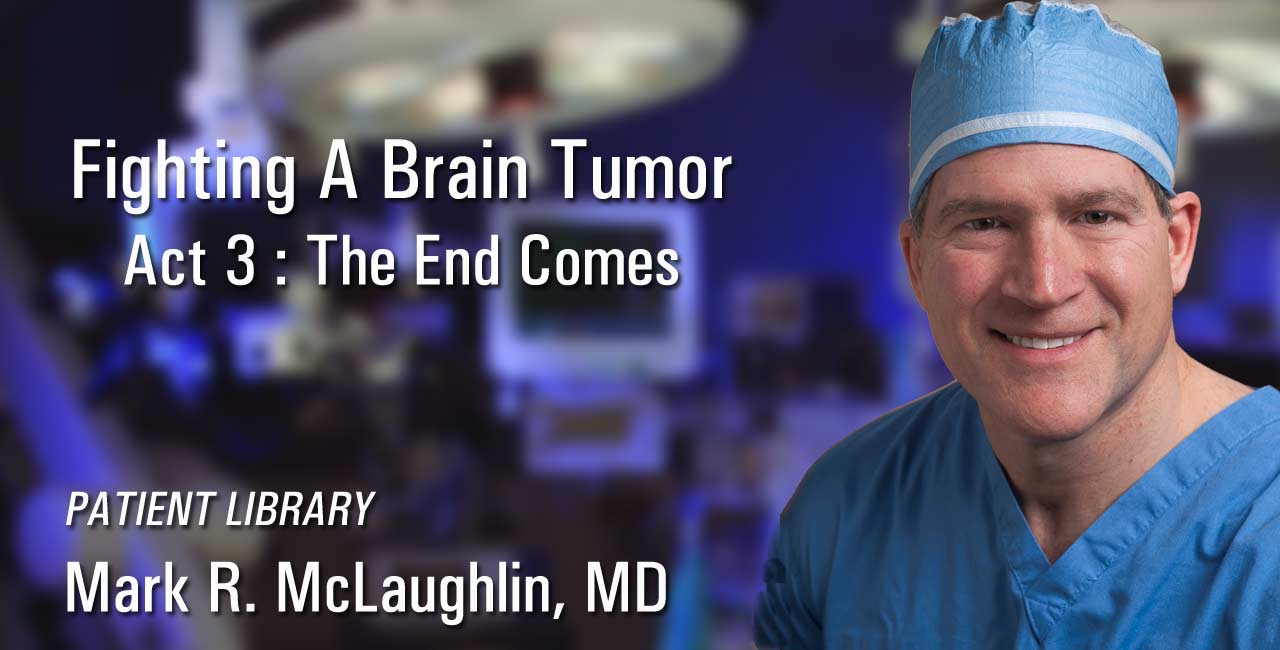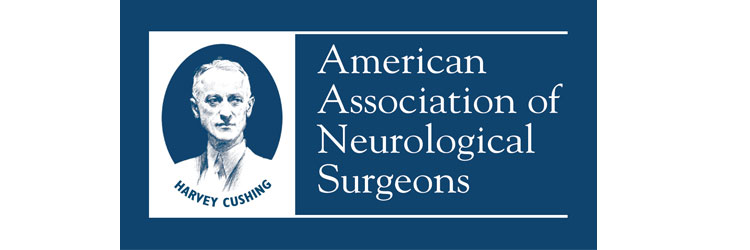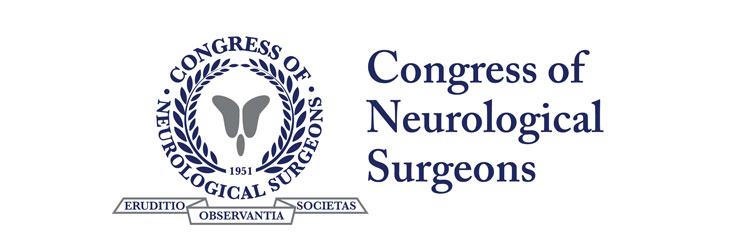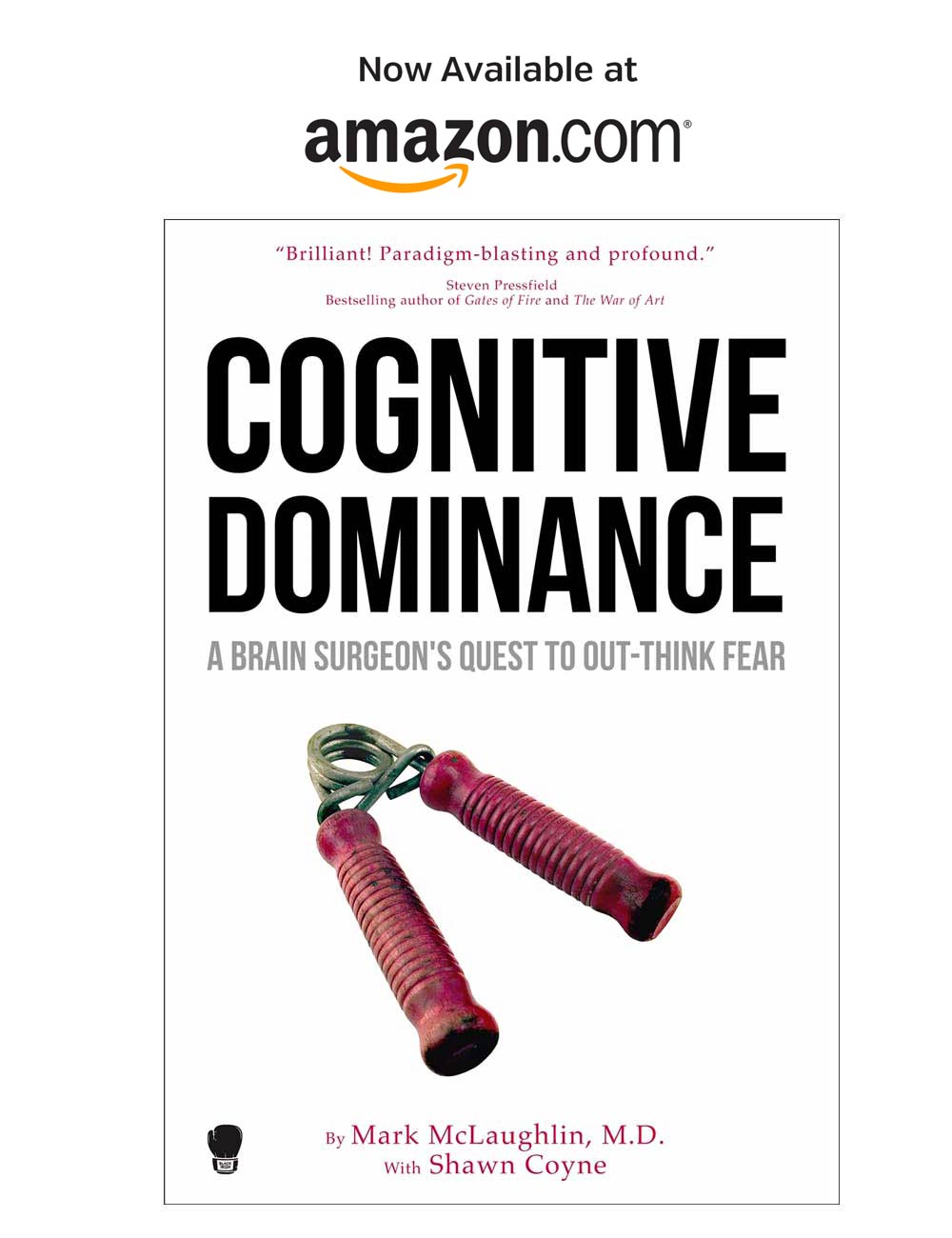Understanding Glioblastoma
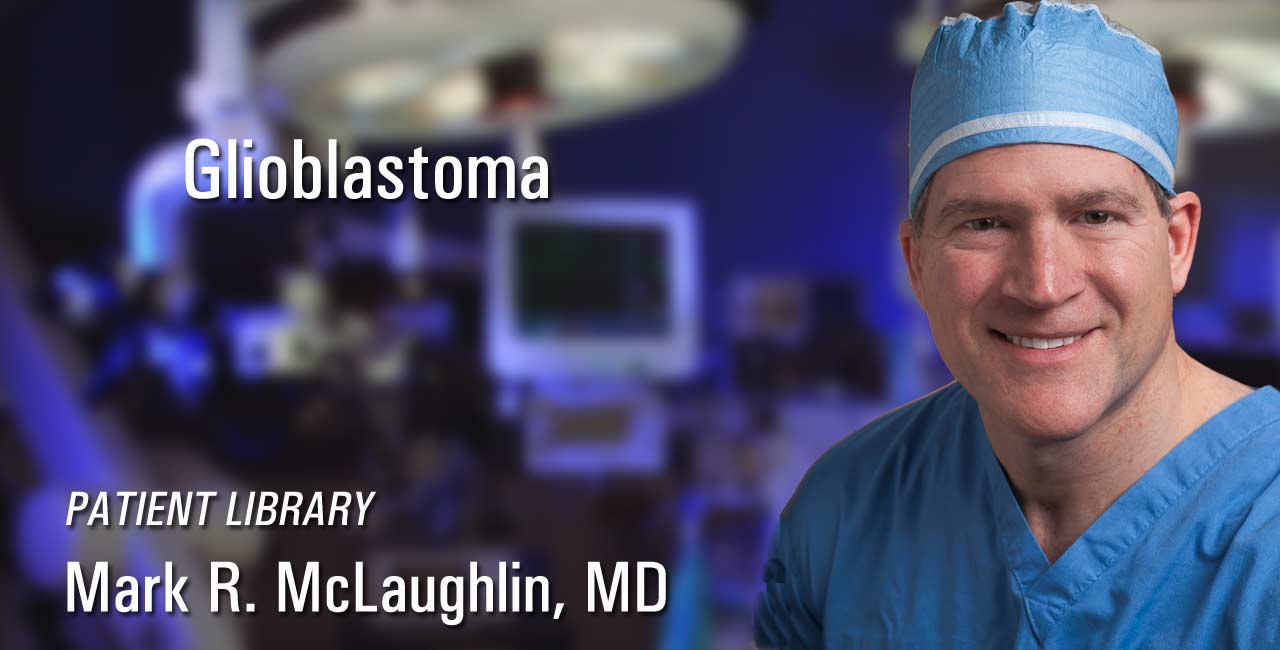
By Mark R. McLaughlin, MD, FACS, FAANS
Understanding Glioblastoma: A Closer Look at the Diagnosis Making Headlines
On April 30, 2025, acclaimed singer Michael Bolton was interviewed in People Magazine about his December 2023 diagnosis of glioblastoma, his surgery, and his current condition. His public comments have brought renewed attention to this rare but aggressive brain tumor—one that remains among the most complex and difficult diagnoses in neurosurgery and neuro-oncology. Many people are curious to learn more.
Mr. Bolton is not my patient and I don't know the details of his condition. However, his interview sparked much interest in the specifics of the condion.The following article is intended to provide an overview of what we know about glioblastoma and how it is treated.
What Is Glioblastoma?
Glioblastoma—also known as glioblastoma multiforme (GBM)—is the most aggressive form of primary brain tumor in adults. It arises from glial cells in the brain, which support and protect neurons. GBMs are classified as grade IV astrocytomas by the World Health Organization (WHO), signifying rapid growth, diffuse infiltration into surrounding brain tissue, and a high potential for recurrence even after treatment.
Why Is Glioblastoma So Challenging?
There are several reasons why glioblastoma presents a significant challenge to patients and physicians alike:
- Location and Infiltration: Glioblastomas often develop in critical areas of the brain such as the frontal or temporal lobes, impacting speech, cognition, personality, and motor function. Unlike other tumors with defined boundaries, GBMs tend to infiltrate healthy brain tissue, making complete surgical removal impossible in most cases.
- Aggressive Growth: Glioblastomas grow and spread quickly. Even after surgery, microscopic tumor cells often remain, contributing to high recurrence rates.
- Treatment Resistance: While treatment usually involves a combination of surgery, radiation therapy, and chemotherapy (most commonly temozolomide), glioblastomas tend to be resistant to conventional therapies. Advances in immunotherapy and tumor-targeted approaches are promising, but not yet curative.
- Prognosis: Despite aggressive treatment, the median survival for patients with glioblastoma is typically 12–18 months. Fewer than 10% of patients survive beyond five years. However, every patient is unique—and factors such as tumor genetics, age, overall health, and access to specialized care can influence outcomes. There is always hope.
Advances in Glioblastoma Care
Research is ongoing in the quest for better outcomes. Innovations include:
- Tumor-Treating Fields (TTFields): A wearable device that uses electric fields to disrupt cancer cell division.
- Personalized Genomic Therapy: Targeting mutations such as MGMT promoter methylation or IDH1/2 status to tailor treatment.
- Clinical Trials: New drug combinations, vaccines, and CAR T-cell therapies are under investigation.
Patients diagnosed with glioblastoma benefit greatly from care in specialized centers where neurosurgeons, neuro-oncologists, and radiation oncologists work collaboratively. A multidisciplinary approach ensures each patient receives the most advanced, individualized care possible.
A Message of Awareness and Hope
Public figures like Michael Bolton who share their diagnoses help raise awareness about serious conditions like glioblastoma. While the journey is never easy, increased visibility fosters more research, earlier diagnosis, and a collective effort toward better treatment options. As a neurosurgeon I appreciate his willingness to talk about his experience.
Each step forward—no matter how incremental—offers renewed hope to patients, families, and physicians alike.
Dr. McLaughlin recommends
Brain Tumor Information for Patients - Expert Princeton Neurosurgeon
Brain Tumors
Brain Tumors. What we know... how we treat... what patients need to know. Top New Jersey Neurosurgeon Mark R. McLaughlin, MD is your guide.
Living and Dying with a Brain Tumor - The Question
How do you tell someone they have a brain tumor? Ned, my high school buddy asked me recently at our reunion luncheon, trying to get an insider’s view of a neurosurgeon’s life. It’s actually a very common question that I am asked.
Fighting A Brain Tumor : Act 1 - Informing The Patient
Act One- Fighting a Brain Tumor... Informing the patient. The patient usually knows the words to come long before I sound the first syllable. Almost always, people with cancer in their lives more than look me in the eyes.
Fighting A Brain Tumor : Act 2 - The Fight For Life
Fighting a Brain Tumor.... Act Two- the fight for life. This is the toughest battle a patient will likely ever encounter in their lives. At this point in the script, patients have had their surgery and we’re discussing the results. The
Fighting A Brain Tumor : Act 3 - When the End Comes
Fighting a Brain Tumor Act 3... when the end comes. When the fight has been fought and the enemy reigns superior, the team yields and the toughest question of all must be faced.
